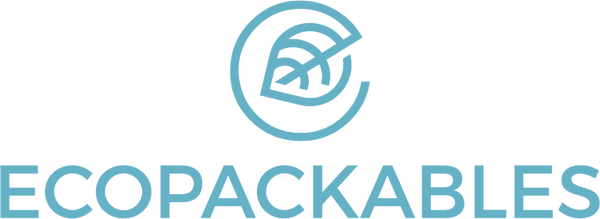-
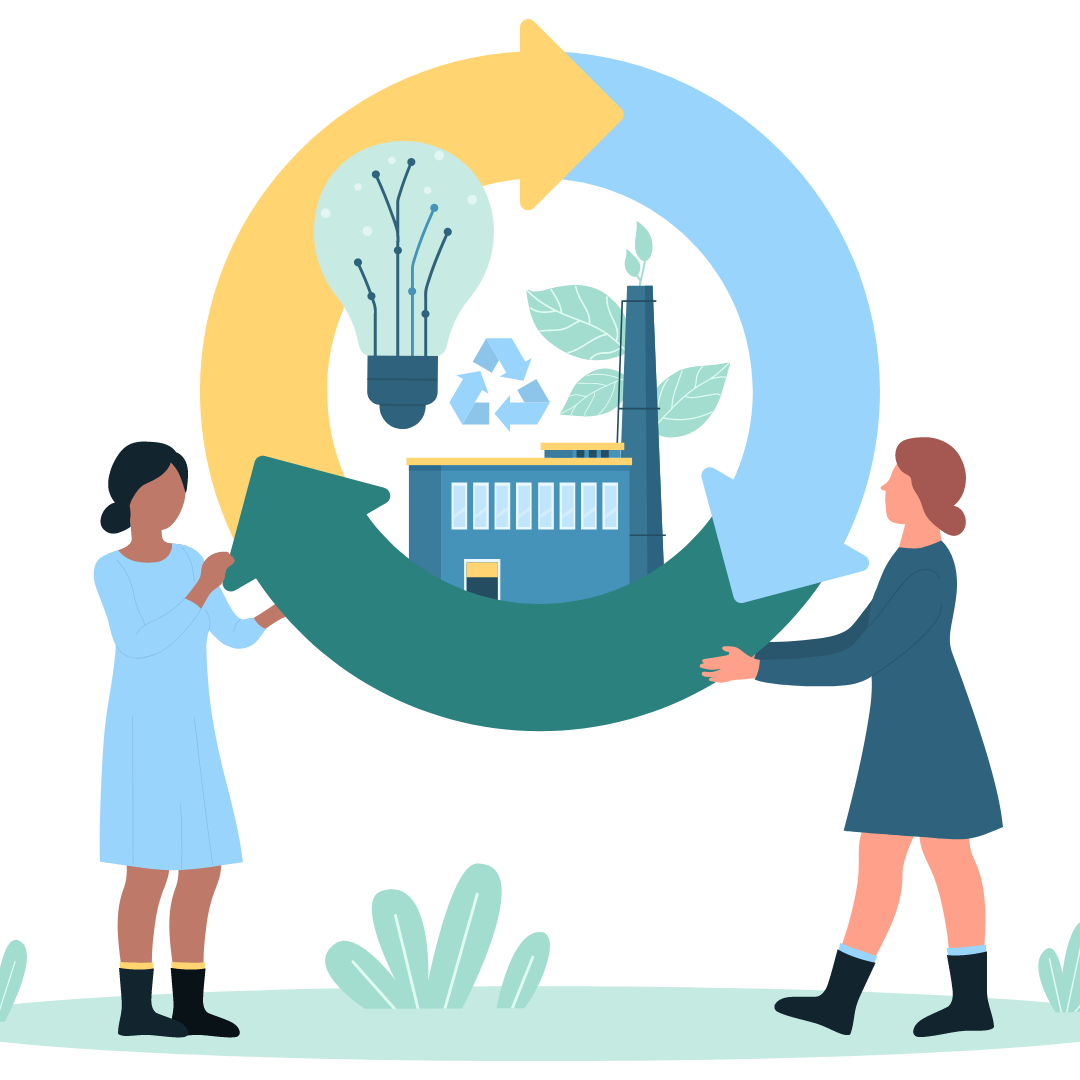
-
Are you interested in how you can support the circular economy with your packaging?
Then this guide is for you!
IN THIS GUIDE
What is a Circular Economy?
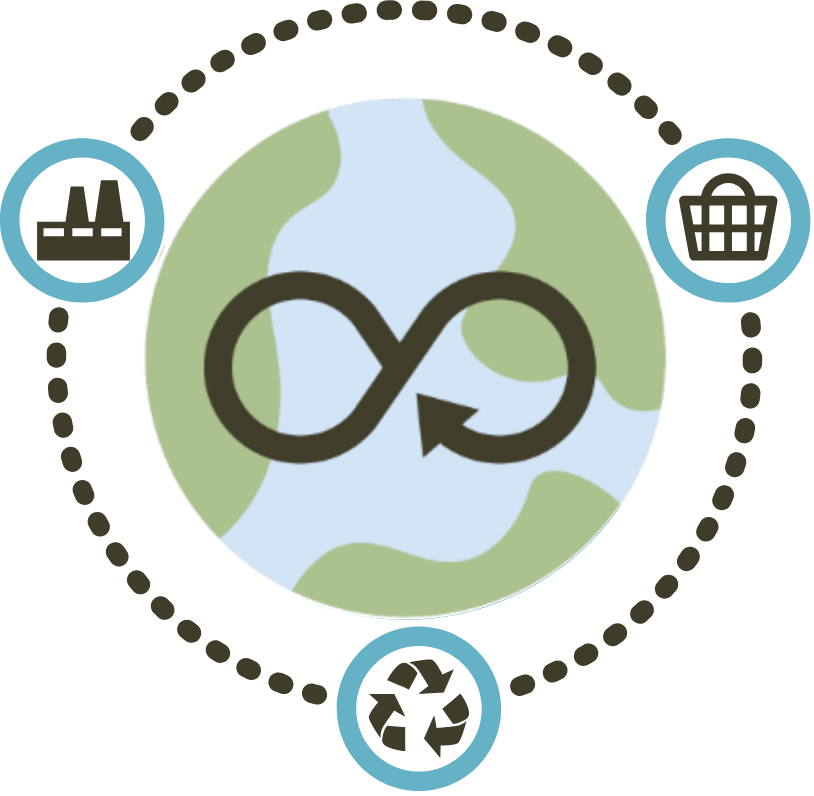
A circular economy is an economic model designed to eliminate waste by keeping resources in continuous use.
Instead of the old linear “take-make-dispose” approach, a circular economy keeps products and materials circulating through reuse, recycling, and composting so that materials never become waste.
The goal is to decouple growth from finite resource use and regenerate natural systems.
In practical terms, this means designing goods (and packaging) so that they can be repaired, reused, or safely returned to nature, rather than ending up in a landfill.
Packaging’s Role in a Circular Economy
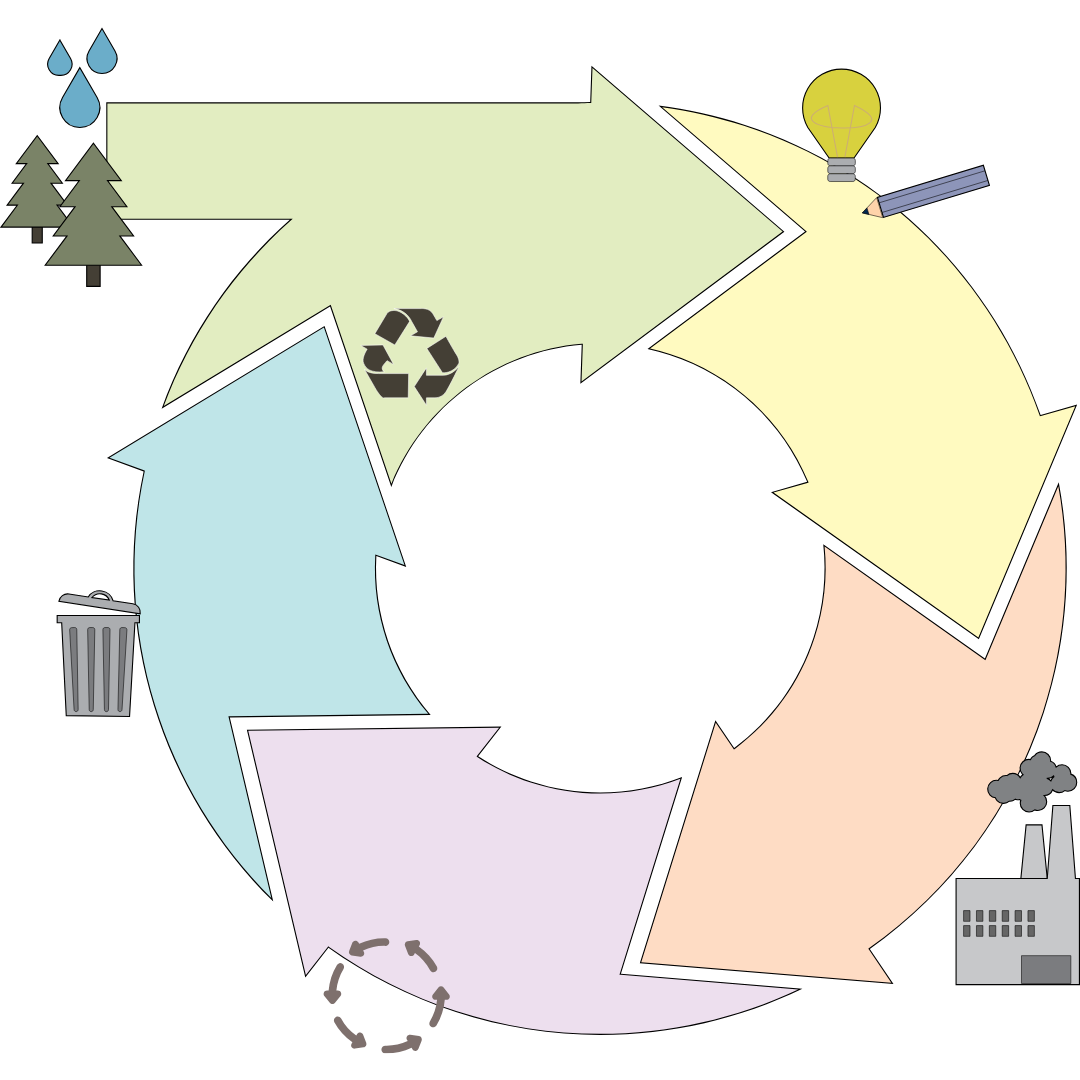
A circular economy is an economic model designed to eliminate waste by keeping resources in continuous use.
Instead of the old linear “take-make-dispose” approach, a circular economy keeps products and materials circulating through reuse, recycling, and composting so that materials never become waste.
The goal is to decouple growth from finite resource use and regenerate natural systems.
In practical terms, this means designing goods (and packaging) so that they can be repaired, reused, or safely returned to nature, rather than ending up in a landfill.
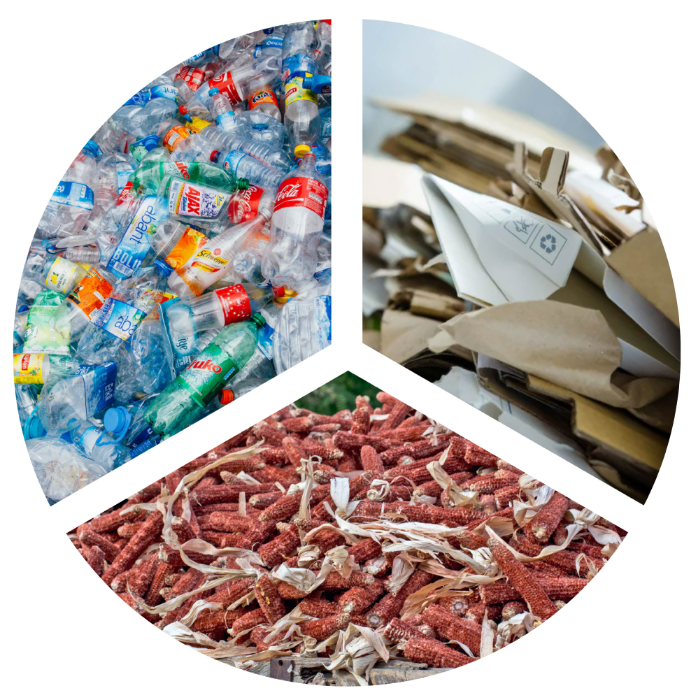
That said, every packaging material has tradeoffs:
- Plastic can be recycled multiple times, but only a few cycles are possible before quality degrades. Contamination and mixed plastic types often lead to downcycling.
- Paper is widely recycled, but loses strength each time it’s reprocessed and can only be recycled a few times.
- Compostable materials can return to the earth but require industrial composting facilities and don’t break down in landfills. They also take significant resources to produce.
Despite these limitations, circular packaging still matters — because it’s how we make progress. It's not just about material choice, but also investing in better infrastructure, renewable energy, and supportive legislation that makes circular systems viable at scale.
How EcoPackables Products Fit Into Circular Systems
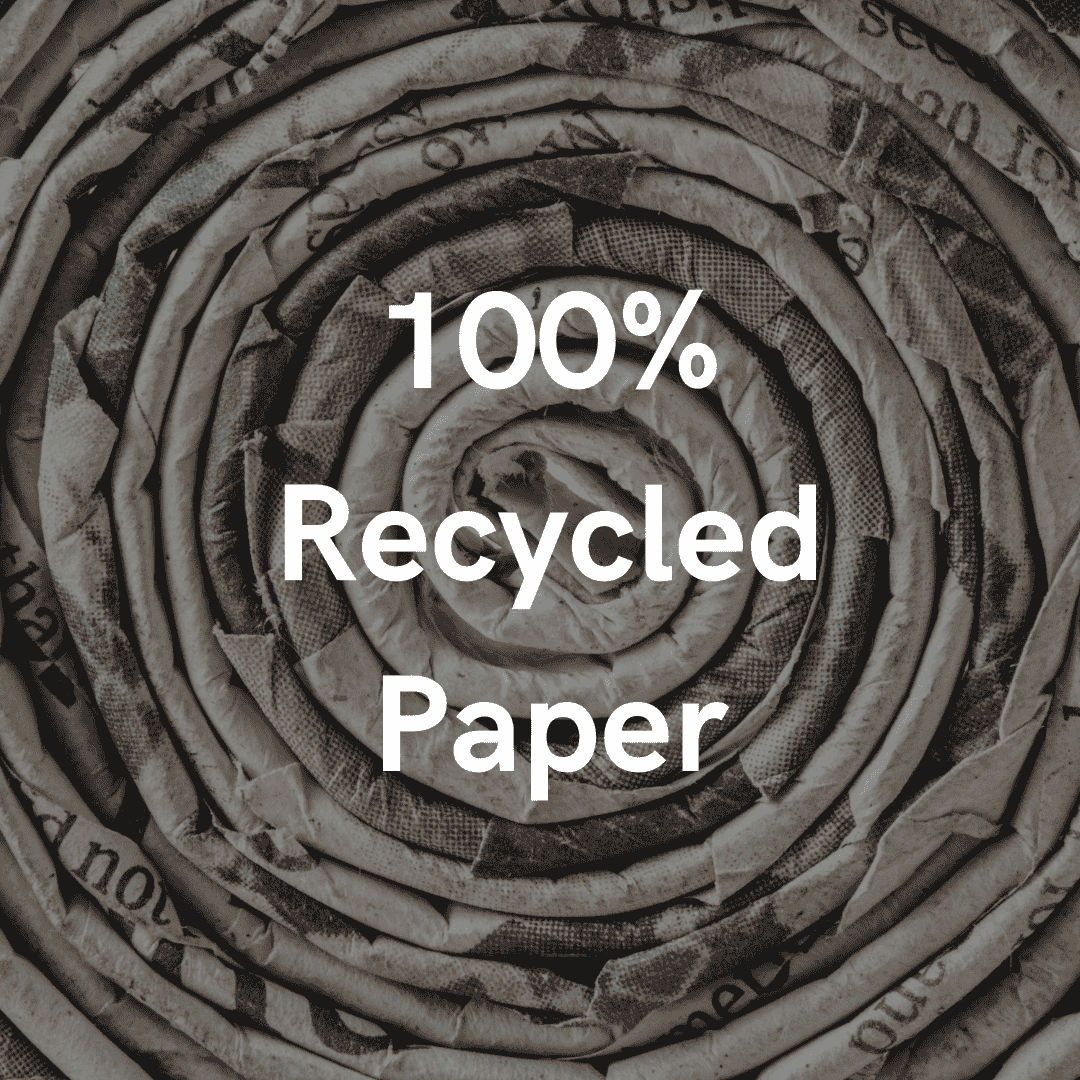
Paper-Based Packaging
- Kraft Mailers and Honeycomb Mailers: Made from FSC-certified recycled paper, curbside recyclable and compostable.
- Paper Tubes: Made form recycled content, durable, recyclable, and ideal for jewelry, cosmetics and secondary packaging for food and beverage products.
- Paper Void Fill: 100% recycled and recyclable, options like Kraft or honeycomb paper rolls, and Spiral paper reduces need for plastic bubble wrap.
- Ocea™ Bags: Made from FSC-certified paper, are the world’s first curbside recyclable poly bags
Circular fit: Renewable, recyclable, and compostable in most cases. Designed for high recovery and minimal impact.
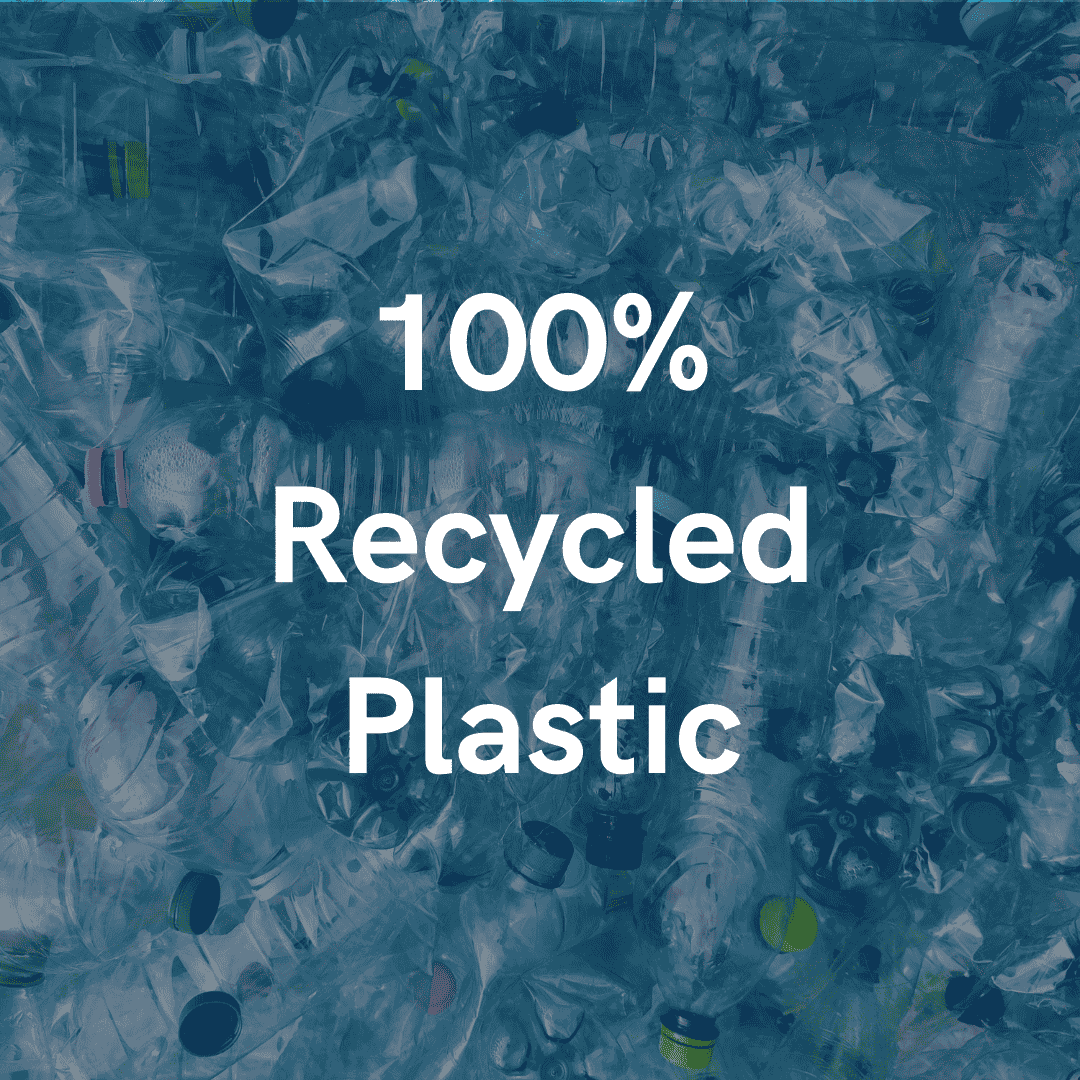
Recycled Plastic Packaging
- Recycled Poly Mailers: Made from up to 100% recycled content, option for GRS-certified. Also available using Renewa™ our ocean-bound recycled plastic option.
- Recycled Bubble Mailers: Protective and lightweight, with recycled outer film and bubble
- Recycled Poly Bags: Made from up to 100% recycled content, option for GRS-certified.
- ReLaminate Pouches: Use recycled plastic layers to reduce virgin material use.
Circular fit: Extends the life of existing plastics and reduces demand for virgin plastic using post-consumer recycled content and post-industrial recycled content. Recyclable via thin film programs where accepted.
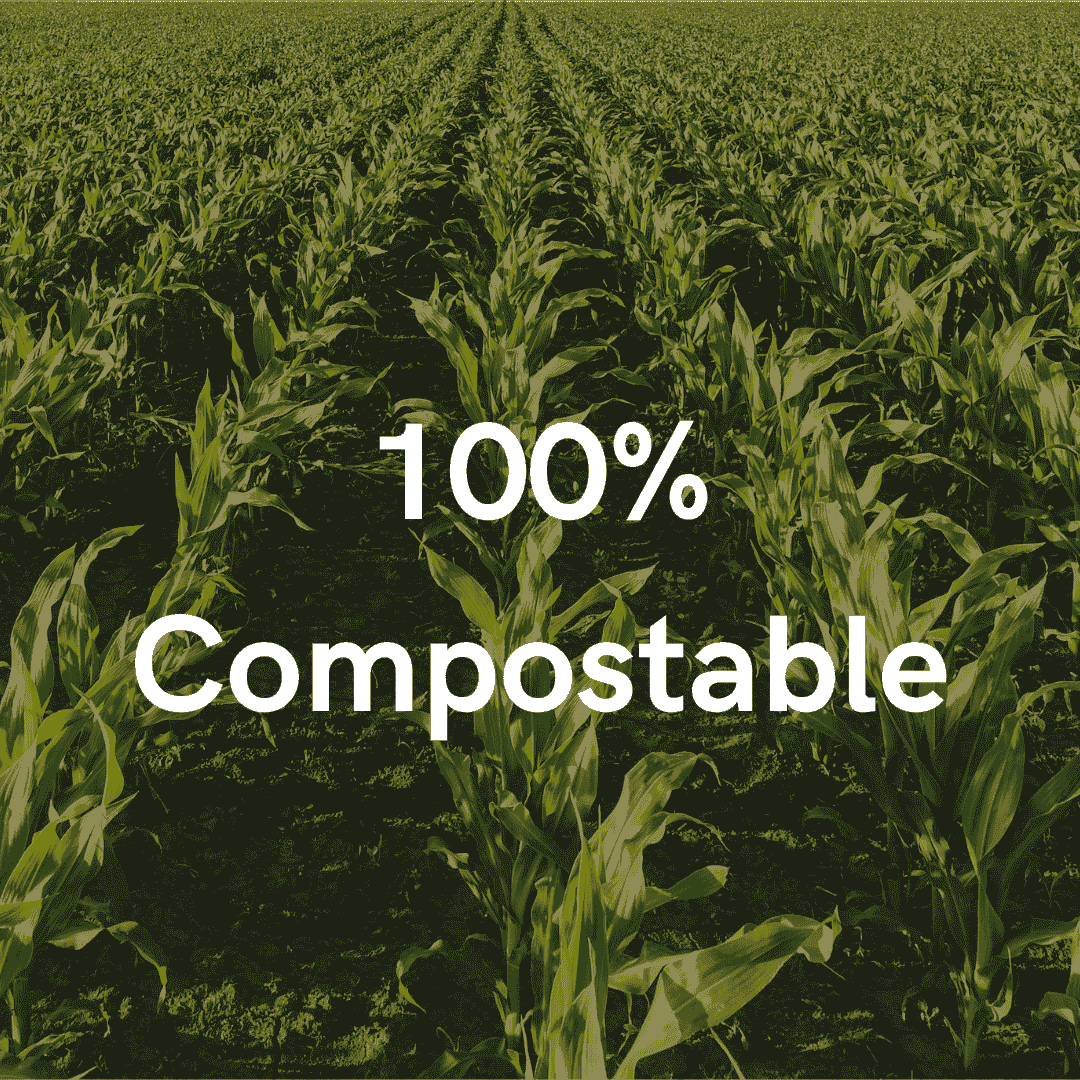
Compostable Plastics
- Compostable Mailers: Plant-based, certified compostable for home and industrial composting.
- Compostable Bubble Mailers: Protective and lightweight, with compostable outer film and bubble
- Compostable Poly Bags: Plant-based, certified compostable for home and industrial composting.
- Compostable Pouches: Designed for short shelf-life goods and break down in the right conditions.
Circular fit: Fully breaks down in proper compost environments (home or industrial depending on the product and thickness). Best used when composting access is available.
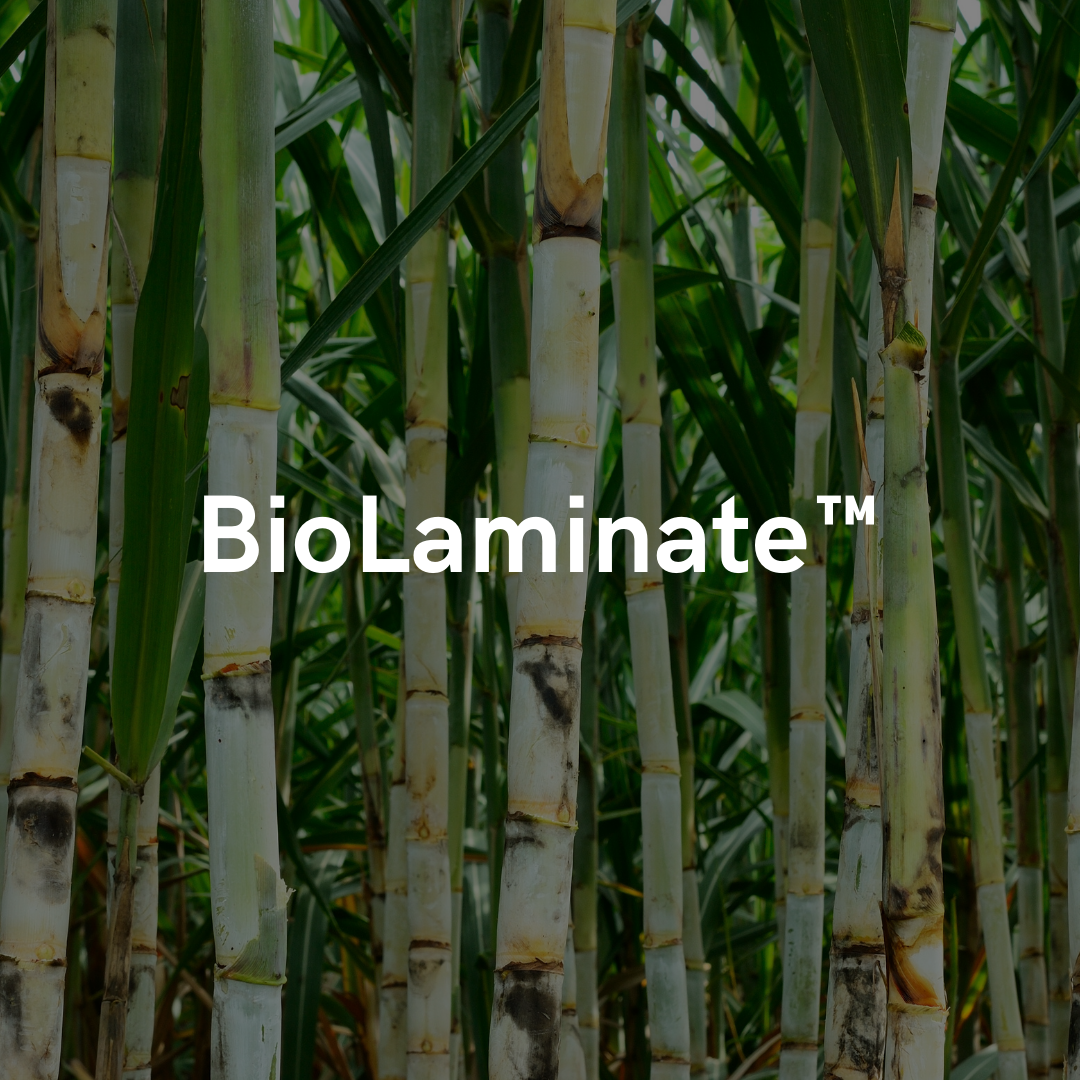
BioLaminate™
- Pouches: Made with a bio-based laminate and available in a variety of formats and customizable upon request.
Circular fit: Reduces reliance on petroleum-based plastic and is recyclable with traditional plastics where thin-film recycling is accepted.
Best Practices for Designing Circular Packaging

Choose the right material for the application
No material is perfect, but every better choice counts. Wherever possible, choose packaging made from recycled content (post-consumer paper, recycled plastics, etc.) or from rapidly renewable resources (like plant-based bioplastics or sustainably sourced paper). This reduces the need for virgin materials and gives existing materials new life
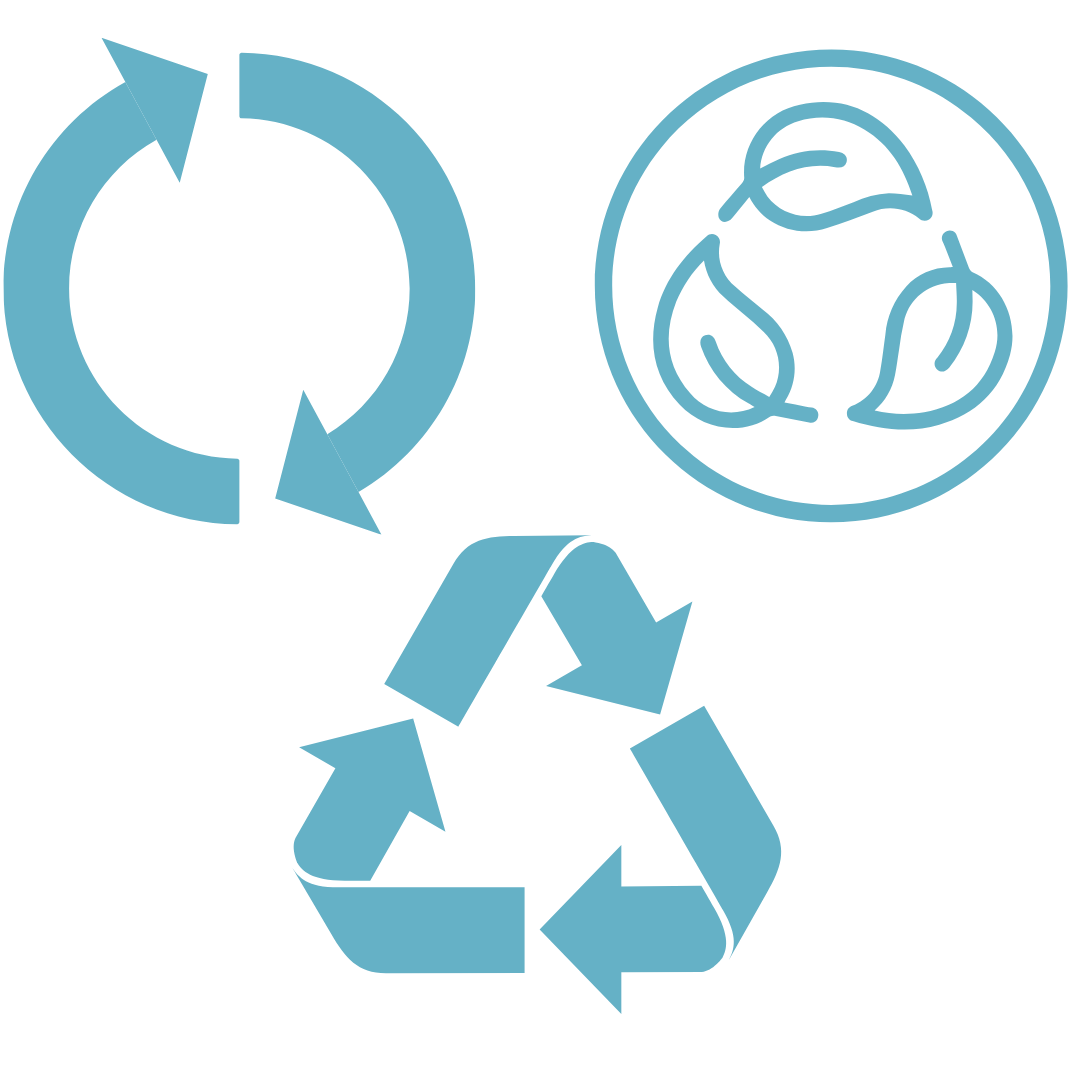
Design for Reuse, Recycling or Composting
Aim for packaging that can either be reused multiple times or easily recycled at end-of-life. This means favoring mono-material designs (e.g. all-paper packaging or all-plastic that is recyclable) and avoiding hard-to-separate layers or coatings. If your package can serve a secondary use for the customer (such as a resealable container or a returnable mailer), that encourages reuse and keeps it in circulation longer. If reusability isn’t feasible, ensure the package is widely recyclable (fits into existing curbside recycling systems) or compostable, and clearly label it as such.
Utilize Certifications and Standards
Incorporating reputable certifications—such as FSC, GRS, ABA, TUV, or BPI—not only helps guide responsible packaging design but also validates your sustainability claims. These third-party standards signal to your customers that you’re committed to transparency and accountability. Highlighting certifications on your packaging or website reinforces that the materials you use are not only sustainably sourced but also come with credible, verified end-of-life pathways. It’s a simple yet powerful way to build trust and align your packaging choices with the principles of a circular economy.
Educate and Encourage Proper Disposal
Even the best-designed circular packaging only works if end-users dispose of it correctly. Provide clear labeling on the packaging about how to recycle or compost it, and educate customers if any special steps are needed. Use your packaging design to add information or QR codes that help customers understand how to properly dispose of packaging to keep it in the loop.
Key Takeaways & Next Steps
Every material has pros and cons — the goal is to reduce harm and extend value.
Choose materials that fit your sustainability goals and can be recovered in real-world systems.

Support the circular economy by pushing for better infrastructure, renewable energy, and policy change.
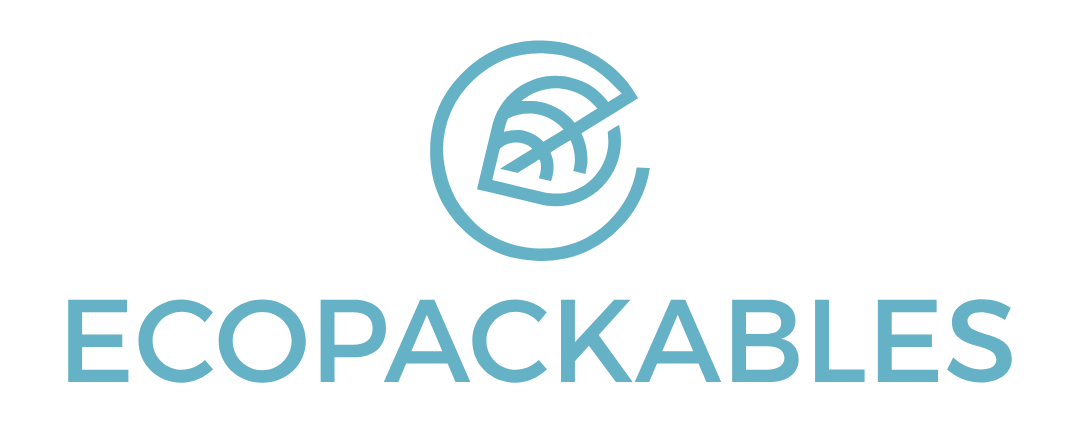
Partner with suppliers like EcoPackables to source packaging that aligns with both your brand values and the future of circular design.
The circular economy won’t be perfect overnight — but thoughtful packaging is one of the best places to start.
